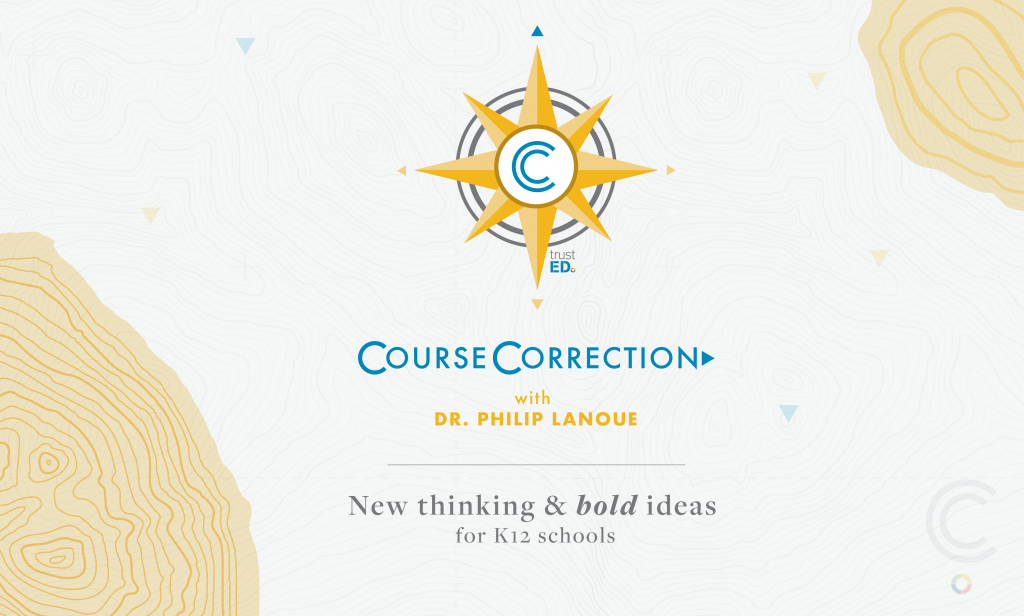Great schools offer great teaching and learning. That’s a given.
But, public school leaders are increasingly coming to the realization that great classrooms alone aren’t enough to keep families from considering—or worse, from leaving for—newer options with decidedly deeper pockets and more resources.
Recent studies have shown the decision to choose out of a public school often has more to do with the experiences of parents than those of their children. Schools must continue to invest in great classrooms. But the most successful school leaders know that academics is but one critical piece of the total school experience.
Other districts are facing the opposite problem–rapid enrollment due to community growth. This brings its own challenges for ensuring students and parents feel engaged and personally attended to.
To keep families enrolled and engaged, our schools have to demonstrate value in other ways. That includes touting their successes, listening to their communities, and providing a better, more responsive customer experience. Because, yes, schools have customers too.
Want more on school customer experience? Sign up for the TrustED newsletter.
As a former district superintendent turned advisor, I’ve traveled the country meeting with school leaders. While many do customer service, few have committed to the cultural transformation required to make the customer experience part of their DNA.
With this in mind, here are three essentials to delivering on the promise of world-class customer service in your schools.
1. See customer service as a need to have versus a nice to have
When your schools are understaffed and underfunded, the last thing you want to do is propose another initiative. It is easy to see customer service as a cost—one more program to throw money at. But that’s not the mindset of a leader who understands the impact of their decisions downstream. The most innovative leaders understand the total economic cost of not investing in customer experience. Done right, they know that good customer service and branding will keep families enrolled and engaged, and even bring those who’ve left back. Higher enrollments translate to more funding, which can be used in the classroom, or wherever improvements are needed.
2. Create internal buy-in at every level
What you see as a stand against declining student enrollment or for greater parental involvement will be viewed as more work or more accountability to some. The naysayers might try to convince you that the current approach is working. What they’ll fail to see is that standing pat has significant costs down the road, especially as students leave. Make an unwavering nonnegotiable commitment to providing high-quality customer experiences in your schools. Take the time to answer questions, and make sure your staff understand the stakes and what’s in it for them. High-quality customer service leads to more support from parents and the community. That results in more resources for students and staff.
3. Appoint the right champions to lead the effort
Nothing promises to sink your school’s next initiative faster than failing to appoint the right champions to own it. When it comes to customer experience in schools, you need buy-in from more than one or a few key players. Assemble a committee of champions from key departments, such as IT, Academics, Communications, and Operations. Each of these people needs to embrace your vision, and understand what is required, from one end of the organization to the other, to make it work. Ask yourself, what is their experience? Can they see beyond tactical decisions to fully understand the strategy? Can they get others to buy in to the need for better customer service in our schools? Every person sitting on this committee should be capable of running a multi-departmental, multi-year project. They need to have the experience and the gut-level persistence to get the job done over time. If they don’t appreciate the importance of the customer experience or if they are saddled with other priorities that will take them away from the project, look elsewhere.
These aren’t the only essential ingredients to creating a system of quality school customer service. Our exclusive guide outlines 10 key steps for building a culture of strong customer experience in schools.

